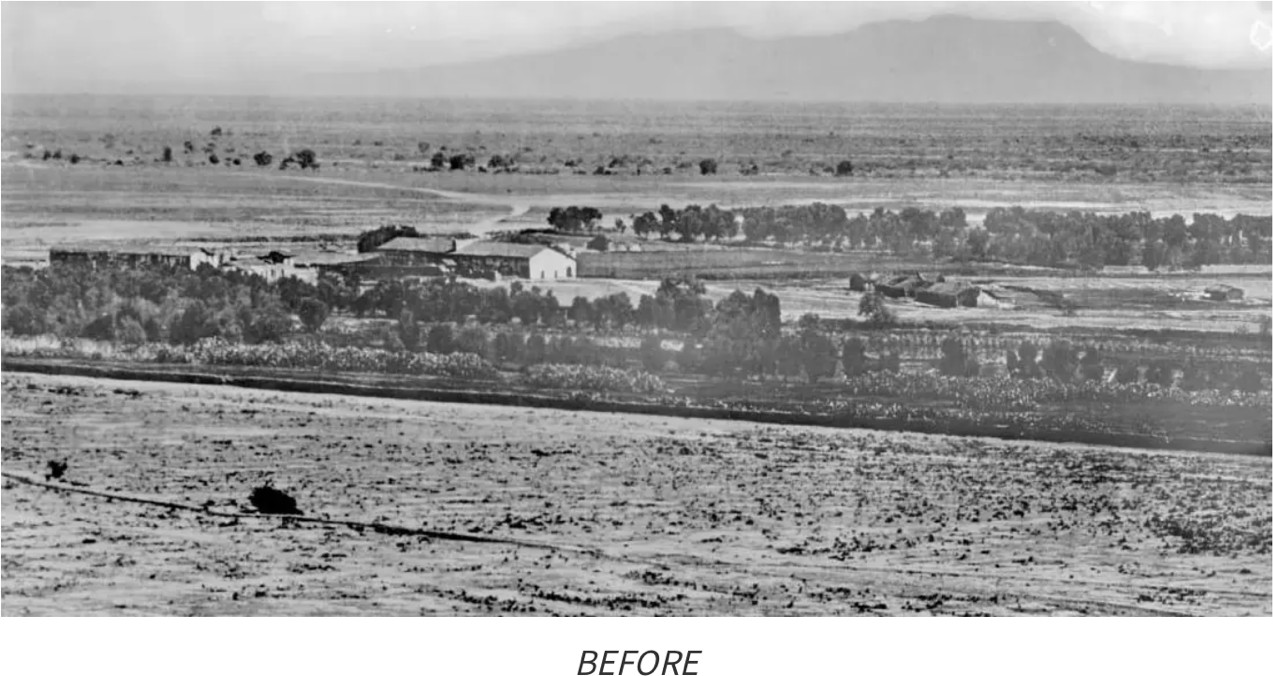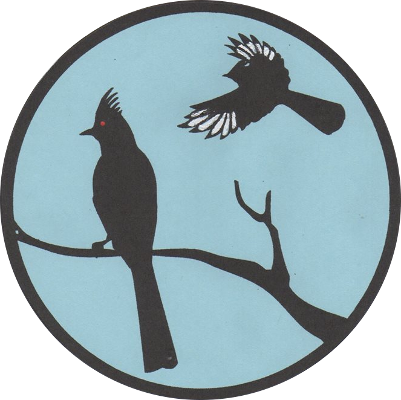 Quick History of the Sepulveda Basin Wildlife Reserve and Community Involvement
Quick History of the Sepulveda Basin Wildlife Reserve and Community Involvement
The land in the Sepulveda Basin was used as farmland since the 1800s, before and after the Sepulveda Dam was built around 1940 to control floods. Following devastating floods in the Los Angeles Region, the US Army Corps of Engineers bought about 2.5 square miles that are now the Sepulveda Flood Control Basin in the late 1930s. They also purchased land where they built Hansen Dam, Devil’s Gate Dam and several other dams along the Los Angeles River and its tributaries.
The history of the Sepulveda Basin Wildlife Reserve starts with the Sylmar Earthquake of 1971. In the earthquake the Lower Van Norman Dam at the LA Reservoir in the mountains to the north cracked. Clay soil was taken from Sepulveda Basin farmland to patch the cracked dam, leaving borrow pits. These filled with water in the rainy season, attracting large numbers of shorebirds. Local citizens observed this and began pushing for a permanent lake and wildlife reserve.
Politicians and agencies listened. In 1979 the US Army Corps of Engineers which owns the entire Sepulveda Basin established the 48-acre riparian area south of Burbank Blvd. between the dam and The Los Angeles River. A pothole pond was dug and filled with water in 1985 to test whether the local soil could reliably hold water. The area was planted by the Corps who directed many volunteers who planted California native plants on the Burbank Boulevard berm.
The pothole pond worked. In 1988 the 60-acre habitat north of Burbank Blvd. between the dam and Haskell Creek was formally established. This was a joint effort of the Army Corps and City of LA as well as other agencies. The informal group of citizens from interested environmental organizations became a formal citizen advisory council. The Sepulveda Basin Wildlife Areas Steering Committee was formed and is still active, advising the City of Los Angeles Department of Recreation and Parks which manages the Wildlife Reserve and all other recreation areas in the Sepulveda Basin.

In developing the habitat in 1988, the wildlife lake was graded. The area was planted with native annuals, shrubs, and trees. Pathways were created. The city filled the lake for the fall and winter with drinking water for a few years until a drought caused a water shortage. Then the city refused to fill the lake, until volunteers held a press event where they poured water from buckets they brought from home. The next day the mayor announced that the lake would be filled.
Reclaimed water from the nearby Tillman Water Reclamation Plant became available in 1992. Since then, the lake and Haskell Creek have been supplied with water year-round.
The Steering Committee and other citizens began pushing to expand the Wildlife Reserve and to protect and improve the riparian corridors throughout Sepulveda Basin. In 1998 a major expansion project added 60 more acres west of Haskell Creek, east of Woodley Ave. It built the educational staging area, amphitheater and new pedestrian bridges, improved viewing areas and pathways, improved the creek, and added more native plantings and informational signs.
There have been setbacks. Starting in 1998 the Sepulveda Basin Wildlife Reserve extended for 225 acres. The updated Sepulveda Basin Master Plan of September 2011 changed the designation of the original 48- acre Wildlife Area, which is south of Burbank Boulevard, to “Project Operations.” It removed other land previously designated as Wildlife Area that had served as a buffer from other land uses. This change of designation was followed in December 2012 by sudden devastation of what had been the South Wildlife Reserve (the original Wildlife Area) by the Army Corps of Engineers. They closed the South Reserve to the public. The public pushed back, and the closure quickly ended. With time nature has begun to heal the area, although weeds have been able to invade. The long awaited “Vegetative Management Plan” for the former South Reserve was released in late 2017. The management plan incorporates many suggestions from the Sepulveda Basin Wildlife Areas Steering Committee and will allow it to continue function much as a Wildlife Reserve, but without the pothole pond.

Despite the reduction in size to 108 acres plus, arguably, the amphitheater-staging area lawn, the Sepulveda Basin Wildlife Reserve is one of the country’s finest refuges of its kind within a major urban area. It serves not only as a restored natural habitat for wildlife but as a living laboratory for all to enjoy.
The Steering Committee continues its oversight. Member organizations organize creek cleanups and weeding and planting projects. They lead public hikes and walks here. The Audubon Society and Resource Conservation District lead thousands of school children on nature walks here. Classes from local colleges and universities tour this special place.
Much has happened since March 2018 when most of the words above were written. More changes are being planned.
A devastating fire burned the majority of the Wildlife Reserve on September 6, 2020, turning much of it into a moonscape covered with ash and other places where trees and shrubs were reduced to only blackened limbs. A page of photographs of the damage (SBWR Fire Photos 2020) is posted on our website following this history. Recovery from the fire has been heartening. Much of the recovery has occurred naturally. Community volunteer efforts have helped. Volunteers and agencies have been galvanized into planning for future improvements. A Vision Plan for the entire Sepulveda Basin, including the Wildlife Reserve, is being reviewed after an extensive planning process sponsored by the City of Los Angeles. This is partly in anticipation of the Los Angeles 2028 Olympics, but elements of the vision extend decades into the future.
Updated 4/3/2024 By Muriel Kotin
